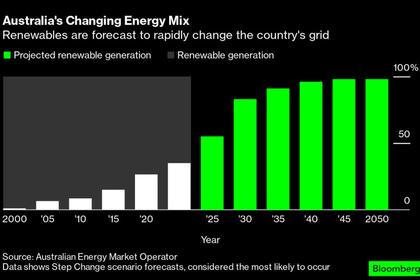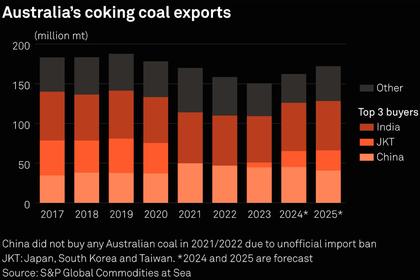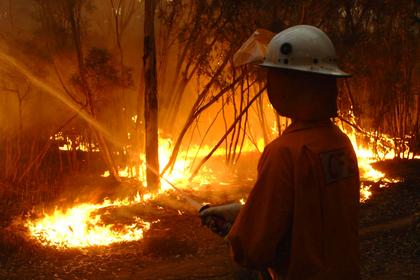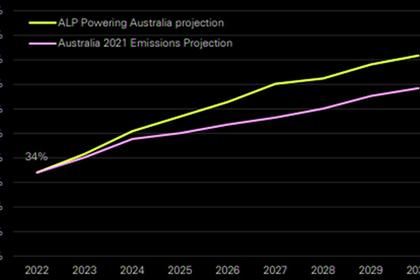
AUSTRALIAN ENERGY CRISIS
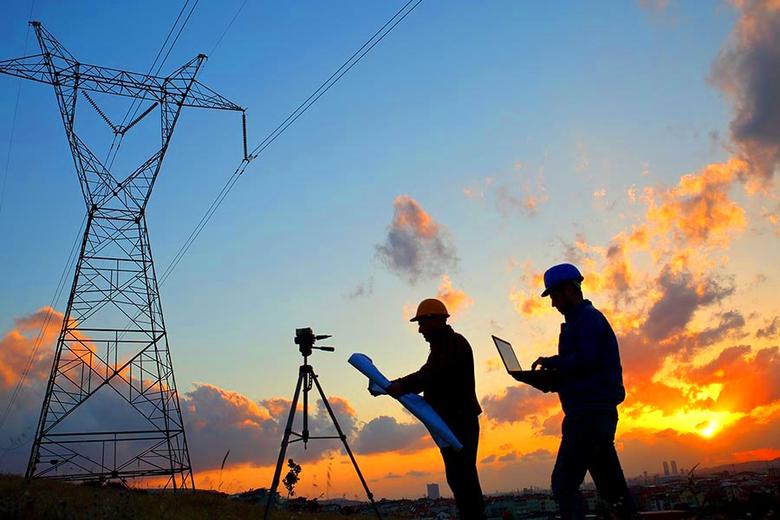
By PAUL BUDDE, CEO, Paul Budde Consulting
ENERGYCENTRAL - May 17, 2024 - Australia stands on the precipice of an impending power shortage crisis, set to hit households and businesses along its eastern coastline by 2027. This crisis stems from the convergence of multiple factors, including the closure of coal-fired power plants, delays in renewable energy projects, and escalating electricity demands. The ramifications of this crisis are dire, with significant disruptions predicted across various sectors unless immediate action is taken.
The closure of up to five coal-fired power plants by the end of the decade will slash the east-coast grid’s generating capacity by 13%. Major plants in Victoria’s Latrobe Valley, New South Wales, and Queensland are among those facing shutdowns. The Australian Energy Market Operator (AEMO) has issued stark warnings, projecting energy market gaps starting as early as 2025 and urging swift intervention to avert a full-blown crisis.
Renewable energy emerges as a critical solution in mitigating this impending crisis. Australia has made strides in this direction, with renewable sources accounting for 40% of grid power in late 2022. However, there remains a significant gap between envisaged renewable projects and those actually underway. The government’s ambitious target of sourcing 82% of energy from renewables within a decade, backed by the “Rewiring the Nation” fund, signifies a crucial step. Yet, challenges persist, particularly in adopting firming generation technologies to support renewables during low wind and sunlight periods.
The potential effects of power shortages reverberate across various sectors. The healthcare sector faces compromised patient care and treatment delays, while manufacturing and production industries confront halts in operations, impacting supply chains. Information technology, finance, transportation, food, and beverage sectors all stand vulnerable to disruptions, jeopardising services, transactions, and public safety. Education, water management, agriculture – no industry remains immune to the fallout of power outages, which extend far beyond operational disruptions to encompass financial losses and safety risks.
Regional disparities further compound the crisis, with states like New South Wales, Victoria, Queensland, South Australia, and Western Australia facing unique challenges. Ageing infrastructure, extreme weather events, and reliance on coal contribute to vulnerabilities, necessitating tailored solutions and investments in grid modernisation and resilience.
The burgeoning demand from data centres, presents a parallel challenge globally. Developers seek unprecedented amounts of power, akin to the output of multiple nuclear reactors, underscoring the strain on energy resources driven by AI computing. Data centre operators worldwide grapple with imminent power shortages, exacerbated by lengthy lead times for obtaining permits and outdated utility infrastructures.
However, amidst these challenges lies a roadmap towards a more sustainable and resilient energy future. Investments in renewable energy, grid modernisation, and energy storage solutions offer tangible pathways to address power shortages. Demand response programs, microgrids, and energy efficiency measures complement these efforts, fostering a dynamic and adaptive energy ecosystem.
Collaboration emerges as a linchpin in this endeavour, necessitating close partnerships between governments, utilities, industry stakeholders, and communities. Together, they can accelerate the adoption of renewable energy solutions, drive innovation, and navigate the transition towards a cleaner, more reliable energy landscape.
Australia stands at a crossroads, poised to confront its looming power shortage crisis head-on. By embracing renewable energy, modernising infrastructure, and fostering collaboration, the nation can not only avert a catastrophe but also pave the way for a sustainable energy future. The time for action is now, lest the lights dim on Australia’s eastern coast.
Moreover, the escalating demands from data centres worldwide, present an additional layer of complexity. Data centre developers now seek power capacities equivalent to several nuclear reactors, highlighting the strain on energy resources propelled by AI computing. The surge in electricity demand complicates utility efforts to transition away from carbon-emitting power plants and meet climate goals, amplifying the urgency for sustainable energy solutions.
Furthermore, the critical issue of power shortages extends beyond Australia, reverberating globally in the data centre industry. Data centres, including those fuelling AI programs, are facing an imminent power crunch, with significant implications for the investor community. The industry is rapidly approaching a tipping point, with power shortages expected to manifest within the next 18 to 24 months, a timeline much shorter than previously anticipated.
Additionally, insights from a study on the net negative returns on nuclear power shed light on the energy landscape’s intricacies. The study underscores the high energy input associated with nuclear power production, raising questions about its long-term viability. Despite efforts to harness renewable energy sources, challenges persist, particularly in bridging the gap between energy demand and supply.
In this multifaceted landscape, collaboration emerges as a pivotal force driving innovation and resilience. Governments, utilities, industry stakeholders, and communities must unite to navigate the energy transition effectively. By embracing renewable energy, investing in grid modernisation, and fostering collaboration, nations can chart a course towards a sustainable energy future, ensuring resilience in the face of looming power shortages.
-----
This thought leadership article was originally shared with Energy Central's Generation Professionals Group. The communities are a place where professionals in the power industry can share, learn and connect in a collaborative environment. Join the Generation Professionals Community today and learn from others who work in the industry.
-----
Earlier:
